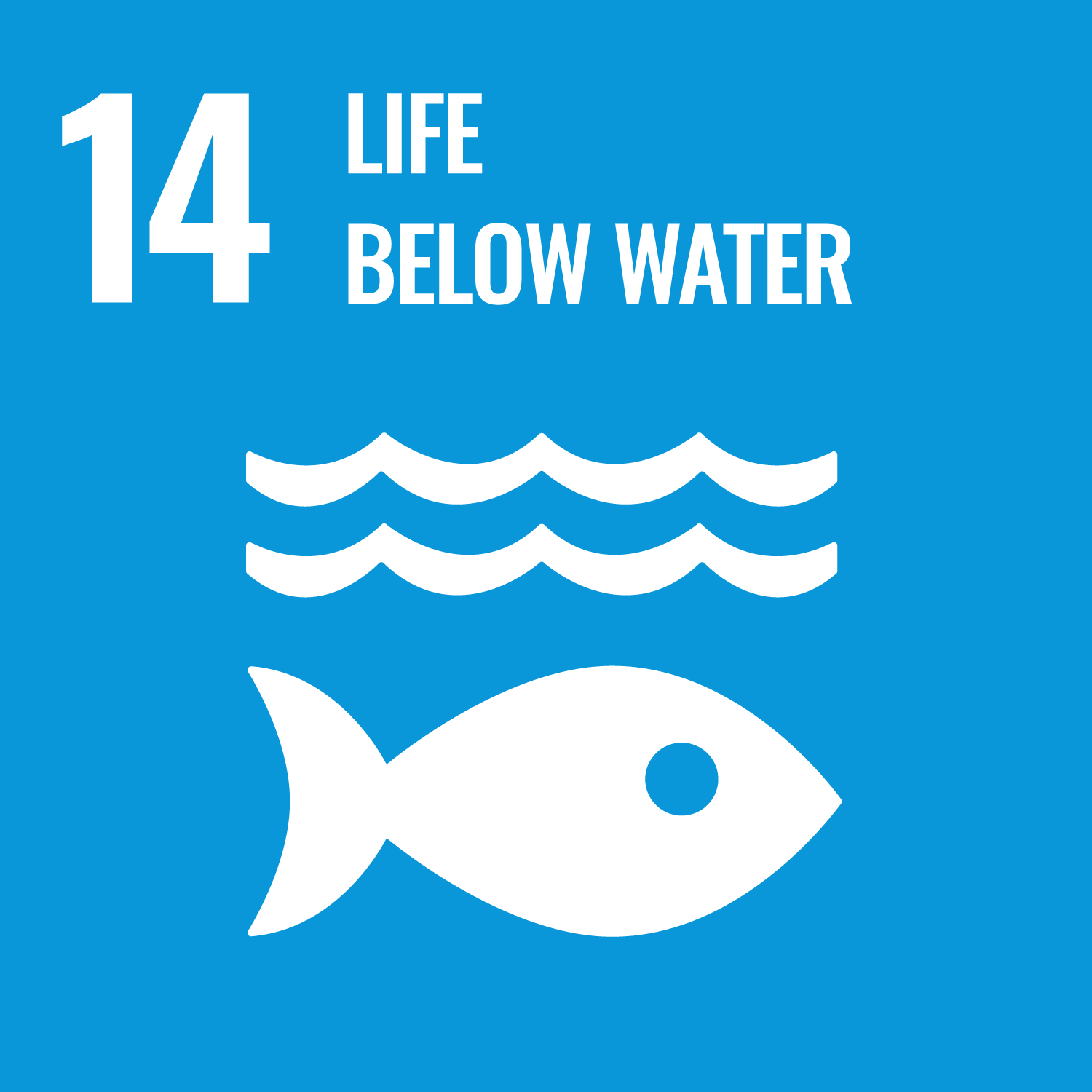ORCID
- Nathaniel J. Clark: 0000-0002-0968-503X
- Lee Durndell: 0000-0002-2391-5233
- Richard C. Thompson: 0000-0003-2262-6621
Abstract
Assessing the dietary accumulation of nanoplastics in animals following very-low exposure concentrations is restricted due to analytical limitations. This study adapted a method for synthesising semi-stable 14C-PS NPs (through styrene polymerisation) in small volumes for deployment in environmental studies. The method was developed with non-labelled material where the final polystyrene product had a primary particle size of 35 ± 8 nm (as measured by transmission electron microscopy). This method was then applied to 14C-labelled styrene to produce radiolabelled polystyrene nanoplastics (14C-PS NPs). The 14C-PS NPs were added (top-dressed) to a commercially available fish feed, with a measured concentration of 27.9 ± 2.1 kBq kg−1 (n = 5), equating to 5.9 μg polystyrene kg−1 feed. Fish (rainbow trout; Oncorhynchus mykiss) were fed this diet at a ration of 2% body weight per day for a period of two weeks. On day 3, 7 and 14, the fish were sampled for the mid intestine, hind intestine, kidney and liver, and measured for tissue radioactivity (determined by liquid scintillation counting). Some background activity was detected in the control samples (e.g., 1–16 and 4–11 Bq g−1 in the hind intestine and liver, respectively) which is due to natural background fluorescence. By the end of the experiment, the hind intestine and liver had significantly elevated radioactivity (25.3 and 15.0 Bq g−1, respectively) compared to the control, indicating the accumulation of nano polystyrene. In the liver, this equated to 1.8 μg polystyrene g−1 dry weight. This study confirms the accumulation of nano particles in vertebrates at low, environmentally relevant concentration, and highlights radiolabelling as a methodological approach suitable for exploring the bioaccumulation of nanoplastics and potential impacts.
DOI Link
Publication Date
2023-09-04
Publication Title
Chemosphere
ISSN
0045-6535
Acceptance Date
2023-09-02
Deposit Date
2023-09-15
Embargo Period
2023-09-16
Recommended Citation
Clark, N., Fischer, A., Durndell, L., Galloway, T., & Thompson, R. (2023) 'Translocation of 14C-polystyrene nanoplastics into fish during a very-low concentration dietary exposure', Chemosphere, . Available at: 10.1016/j.chemosphere.2023.140058


